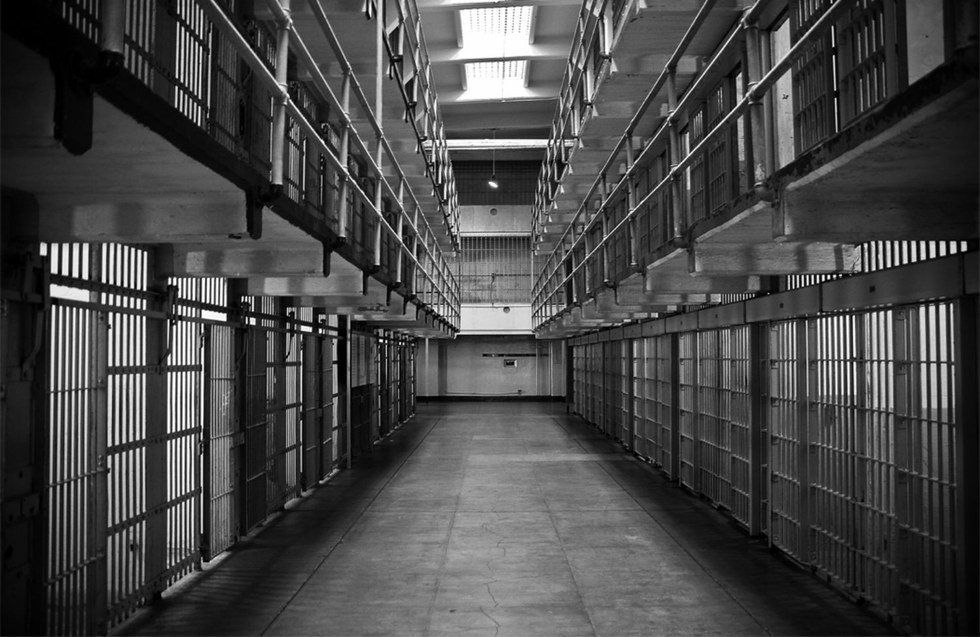Although crime overall has decreased within the United States over the past decade, studies have shown that the US incarceration rate has continued to go up over the years. The Prison Policy Initiative states that over 2.3 million people are held in different confinement systems across the US, making the United States responsible for over 20 percent of the world's total prison population. Of these 2.3 million people, research finds that more than 60 percent of people in prisons are individuals of color, well over half of those individuals are male and nearly half of federal offenses committed are drug related. Another huge issue is that nearly 2/3 of ex-offenders are arrested again within three years of leaving prison. People are serving longer sentences and get so used to the prison life that when they are released, they are unable to adjust back to society.
The overwhelming amount of people being incarcerated has left many prisons struggling with overcrowding. Overcrowding can cause a multitude of problems, particularly high stress among inmates (which can lead to increased violence) and a deterioration of the mental well-being of prisoners. In addition, more of these inmates are finding themselves placed in solitary confinement as an additional punishment prisoners or to keep them from harming others. However, many people argue that solitary confinement constitutes as cruel and unusual punishment. Prisoners who are put in solitary confinement can occasionally commit acts of self-harm as a means of leaving their harsh situation and others develop or aggravate serious psychological conditions.
With more people going to prisons, serving longer sentences, and requiring more resources, taxpayers are also suffering. As of 2015, approximately $49 billion tax dollars were given to correctional programs and prisons, a stark increase from 2010's $39 billion.





















